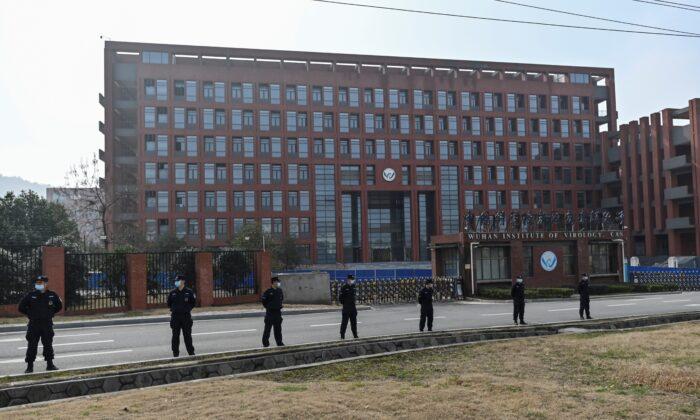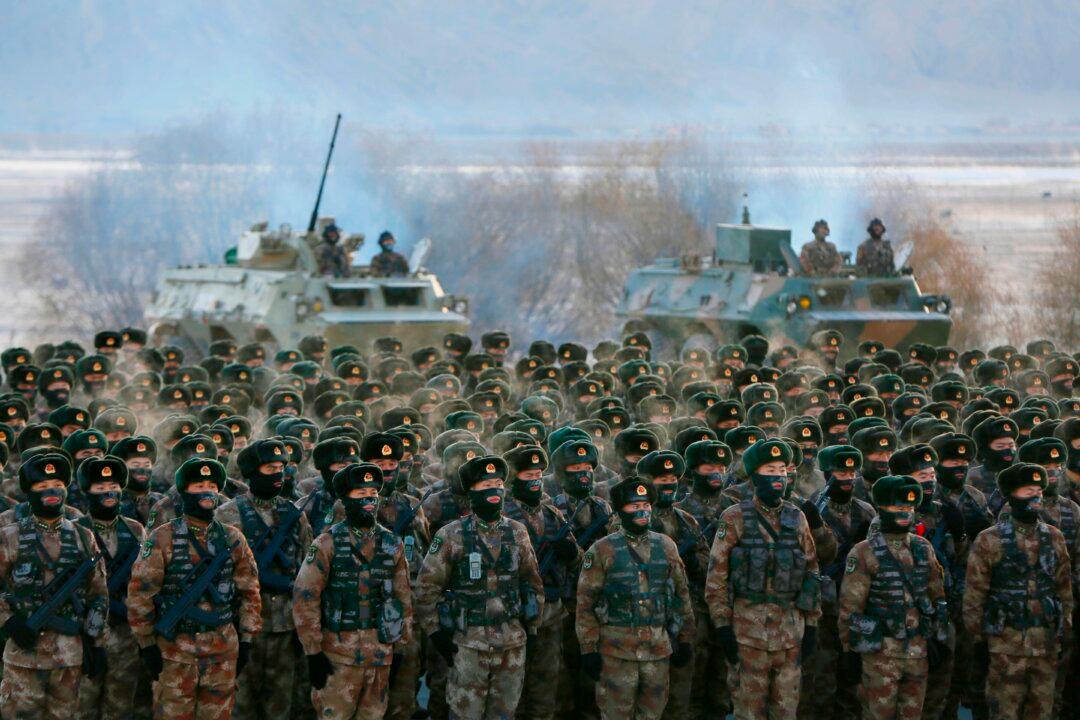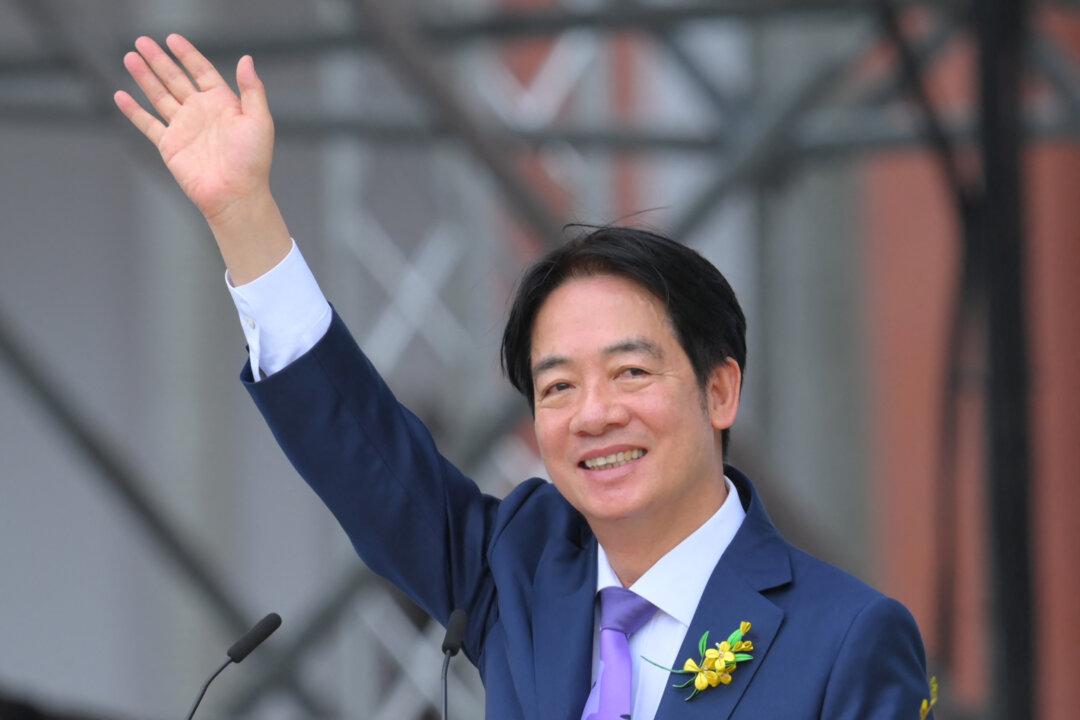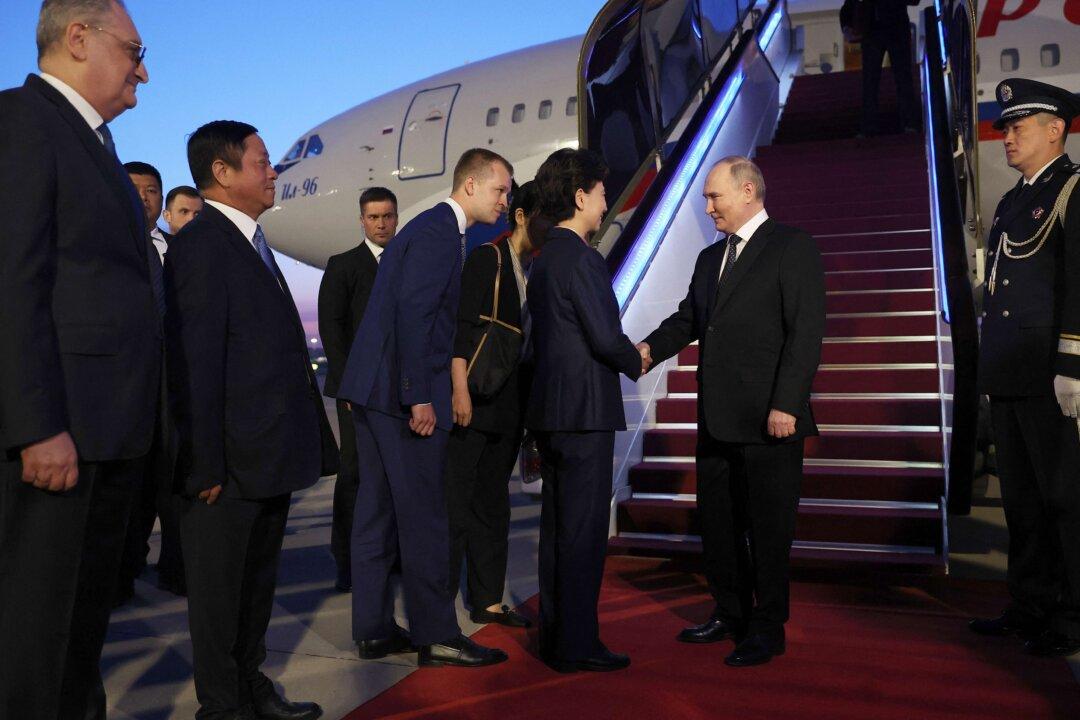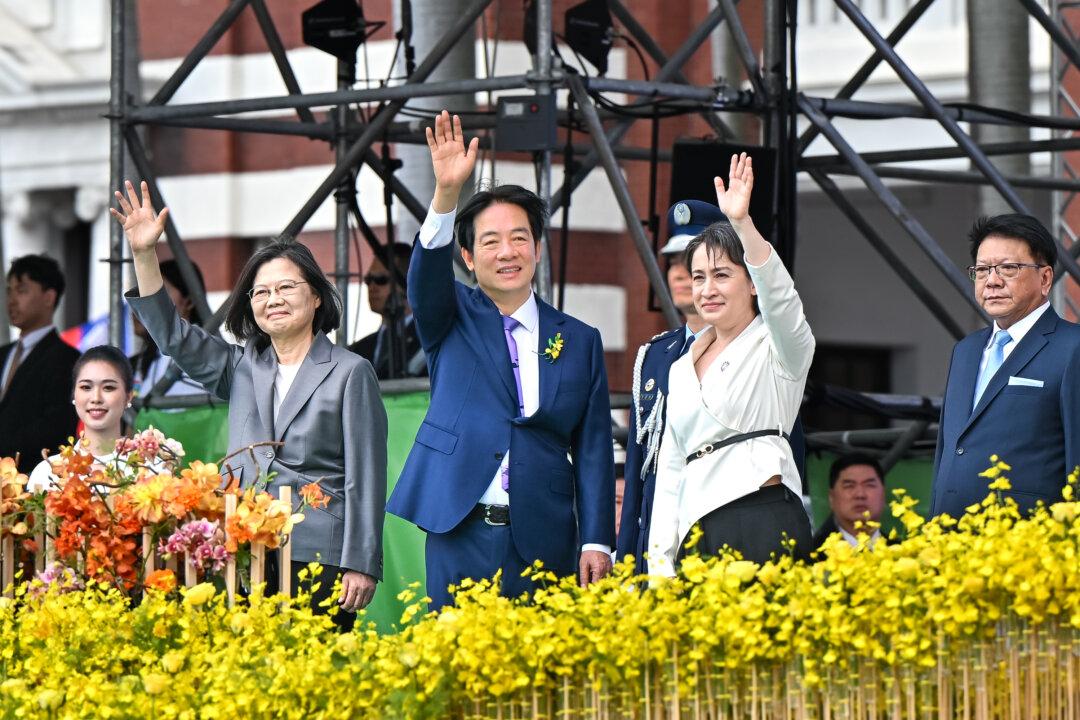The COVID-19 pandemic has been around long enough—about two years since it first emerged in China’s Wuhan city—for the first draft of history to segue into a deeper understanding of its lessons and implications.
Beijing Conceals the Truth
First, as time passes, some facts, already transparent today, will be recognized as truth as more actors are forced to admit them. The Chinese regime concealed the facts of COVID-19’s origins, ease of transmission, and withheld information that allowed COVID-19’s propagation. The World Health Organization (WHO) was complicit in this deception to its lasting disgrace. The regime lied about the provenance of the virus, at various times blaming the U.S. Army, the Italians, or others for its origins. Countless other governments and media went along with these disseminations.Furthermore, the Chinese regime crushed those within China who tried to tell the truth. These individuals still have not received appropriate attention from the world, and yet to receive accolades, posthumously in some cases, that they merit—which certainly includes Nobel prizes.
COVID-19 Takes a Toll on World’s Population, Economy, Politics
Second, the pandemic demonstrated the powerful effects of viruses as weapons of mass destruction, even if inadvertently in this case. The virus took a sledgehammer to the world’s population, economy, and politics.It killed and weakened millions, disrupted families and livelihoods, produced a host of second-order effects, including greater isolation that has increased suicide rates, drug use, and hindered education of the young and care of loved ones in nursing homes.
The virus decimated the global economy, shook the foundations of globalization, demonstrated how vulnerable economies are to manufacturing in China, particularly of medication, ingredients, medical equipment, and personal protective equipment (PPE).
The political effects of the pandemic included the weakening of President Donald Trump’s chances for re-election, and ensured that the seeds of his appropriately tough policies toward the CCP did not flower under the Biden administration.
COVID-19 Disrupts Global Supply Chain
Third, the virus introduced an issue long thought resolved: the wisdom of China as the world’s workshop. Putting all your manufacturing eggs in one basket was clearly foolish. At the same time, it remains to be seen if the rebalancing of manufacturing—avoiding sole production in China, but producing in India and other alternatives, or in the United States and the West—is permanent, or if the lessons of the pandemic are forgotten and manufacturing returns in large measure to China.Moreover, the CCP retains great influence among the world’s industrialists and politicians to grease the wheels for a return. The return of critical manufacturing to China may be unthinkable today, but will be in the future if momentum is not sustained.
Lessons learned are soon forgotten.

COVID-19: A Biological Weapon?
Fourth, the suspected origins of the virus, likely a release from the Wuhan Institute of Virology, has called attention to the People’s Liberation Army (PLA) biological weapons research.The PLA’s program was always in the shadows and easy to hide because of the dual-use problem. That is, what is done for civilian purposes, such as research into gain of function, may also have military implications. Leaving apart the PLA’s research at its facilities, the scope and capabilities of China’s civilian research laboratories suggests that the PLA has been profiting handsomely from civilian research.
Other states have yet to comprehend why the PLA has such an interest in biological weapons. Moreover, they have yet to grapple with the consequences of why the PLA seeks to develop these weapons and how the PLA would employ them.
The Next Outbreak
Fifth, given COVID-19’s colossal impact, the world is rightfully concerned about the next outbreak. The following issues are at the forefront. From now on, the threat of a virus in China is going to roil the world’s public health, economies, politics, and trade.In the wake of COVID-19, the world can imagine that a future mysterious illness, a COVID-X in China, is going to have significant effects on global health, markets, trade, transportation, and political prospects. No one is going to want to go through that again.
Much like World War I, COVID-19 has caused a searing shared experience for all generations the world over. The legacy of that war and of COVID-19 means that the Chinese regime, like Hitler before World War II, possesses a powerful tool to manipulate to advance its aims—the fear of a repetition of a horrific experience.
The Chinese regime has a mechanism to threaten another outbreak, or capitalize upon another one, to coerce states to do its bidding. The threat of a future pandemic has entered Beijing’s portfolio as fillips to its control of power. To buttress its legitimacy, the CCP will argue that it must remain in power as only it can adopt the draconian steps needed to contain a future COVID-X, and thus save the world. But only if the CCP so chooses. As only the Chinese regime can prevent or facilitate its global spread, clearly the rest of the world better do what it says. Thus, Beijing has a new instrument to get what it wants from other states and international actors.
The historical implications of COVID-19 may now be perceived. Sadly, the last act of the COVID-19 tragedy is yet to be played as the CCP realizes what a powerful weapon it possesses: the threat of future pandemics, the global fear this causes, and the ability to manipulate this fear to aid its hold on power, while holding the world hostage to its decisions.
